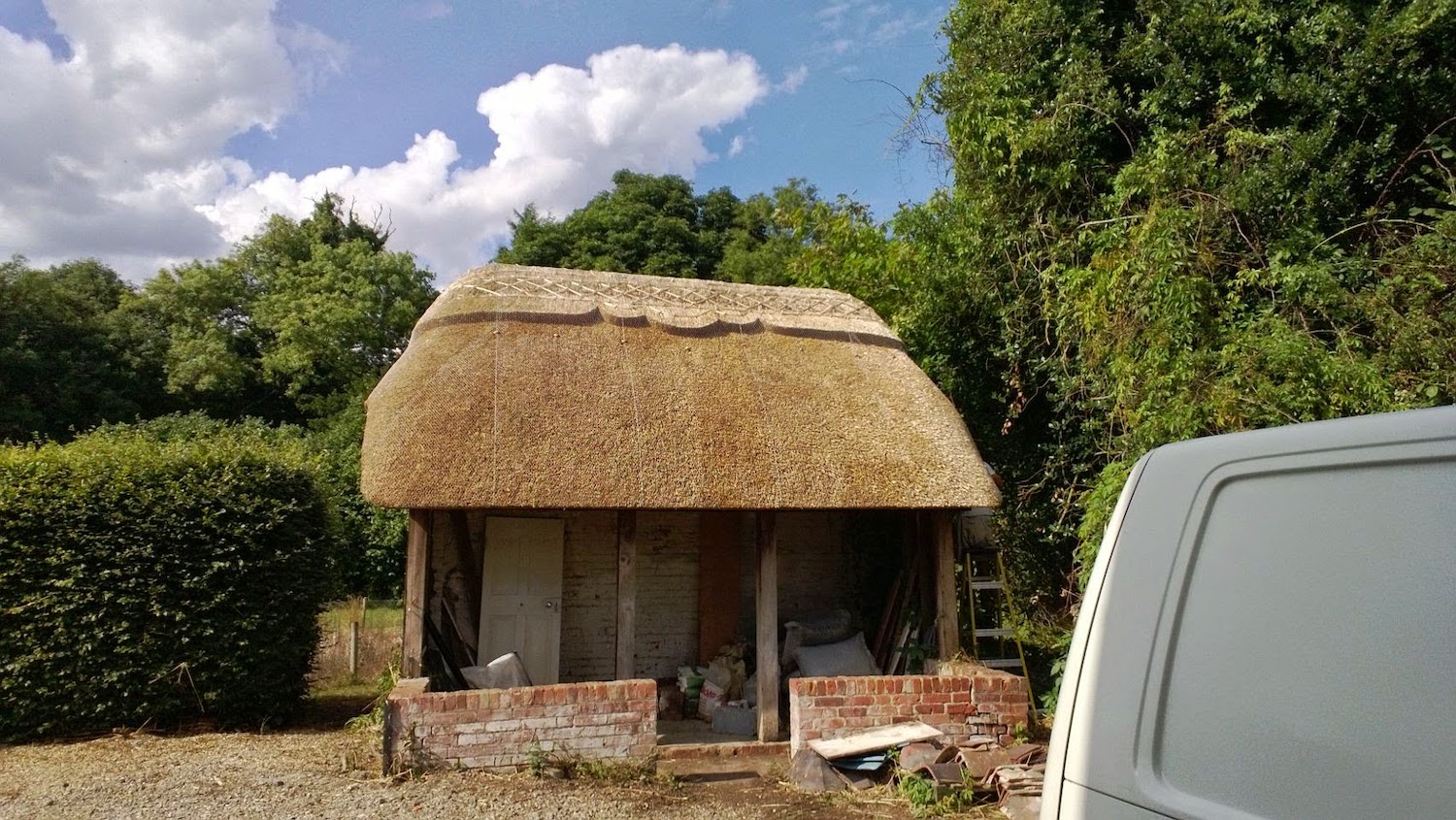
18 Aug Why Choose a Thatched Roof?
If you’re currently deciding whether you want to opt for a thatched roof, you’ve come to the right place for more information on the experience of having one. Whether you’re considering purchasing a property with a thatched roof or installing one on an existing house, certain questions may arise, such as the cost of thatching a roof and whether the thatch requires repair or replacement. Thatching is the oldest form of roofing, dating back 10,000 years, and it’s still used in many buildings today, from commercial to residential. Check out some of our thatched roof case studies to get an idea of the work we undertake. Here at Mike Bartlett Master Thatchers, we have a team of highly skilled Roof Thatchers who possess extensive knowledge about thatching and work on properties of all sizes across the UK.
ADVANTAGES OF A THATCHED ROOF
- Having a thatched property adds value to your home; many thatched properties across the UK are listed. It can increase the selling price of a house and prove to be a good investment.
- Believe it or not, thatch is an incredibly durable material, and depending on the type you have, such as water reed, it can last up to 40 years with proper care and attention.
- Thatch is a natural insulator, keeping your house cool in the summer and warm in the winter, which will save you money on heating bills.
- Thatch is also a sustainable resource, making it extremely environmentally friendly; harvesting thatch is economically friendly too!
- Regardless of the size or shape of your roof, thatch is a flexible, soft material that can be shaped to fit any roof. It also allows for cool designs and patterns at the ridge and edges, allowing customization to your taste.
DISADVANTAGES OF A THATCHED ROOF
- Getting a thatched roof installed initially is a labour-intensive process, as is a full re-thatch. This process can take several weeks and is priced based on the size of your property; the larger the property, the higher the price is likely to be. A thatcher will consider the following:
- Size of the roof.
- Shape and design of the roof.
- The material used.
- The height to the ridge.
- Removing existing thatching.
- The condition of the woodwork.
- The thickness of the thatch required. To keep your thatched roof in the best condition, you will need to inspect it for moss, leaks, animal nesting, and overall condition regularly. This can be done professionally, and if you would like us to inspect your thatched roof, please get in touch.
- If any issues are found, your roof will require maintenance. Leaks are the most common problem, and if not spotted quickly, it can cause deeper issues within the thatch. The ridge caps will need replacing every few years when the wiring or thatch comes loose; the re-ridge process allows you to keep your roof in the best possible condition, increasing its water resistance.
- When you have a thatched roof, you must follow safety precautions to prevent fires. Ensuring your chimney is correctly insulated and having fire boards set before the thatch are just two things you must do if you have a thatched roof.
- Moisture absorption
- Mould
- Moss and algae
- Build-up of slime
- Rotting
- Discoloration
THATCH FIRES
When people think of thatched properties, the fire risk often comes to mind. However, a fire is no more likely to start in a thatched property than in a regular property. The materials used in thatched roofs mean that a fire can spread quickly, causing greater and costlier damage. Most thatch fires occur between September and April when more people are likely to use log burners, etc., and if the chimney bricks are cracked or not properly insulated, a fire can occur.
If you would like advice on thatched roofs or have any questions, please don’t hesitate to get in touch with us.

